
Guide to Hospital Isolation Door: Definition, Uses, and Benefits
- By:hqt
- 2024-09-10
- 29
Comprehending Hospital Isolation Door
Defining a Hospital Isolation Door
Hospital isolation doors, specifically crafted for deployment within healthcare environments where the regulation of airflow and the control of contaminants are of utmost importance, serve as vital barriers in critical areas such as isolation rooms, operating theaters, and intensive care units (ICUs). The central objective of these doors is to sustain an uncontaminated and meticulously controlled atmosphere by thwarting the intrusion of airborne pathogens, including bacteria and viruses, which could otherwise jeopardize patient well-being and compromise the effectiveness of medical treatments.
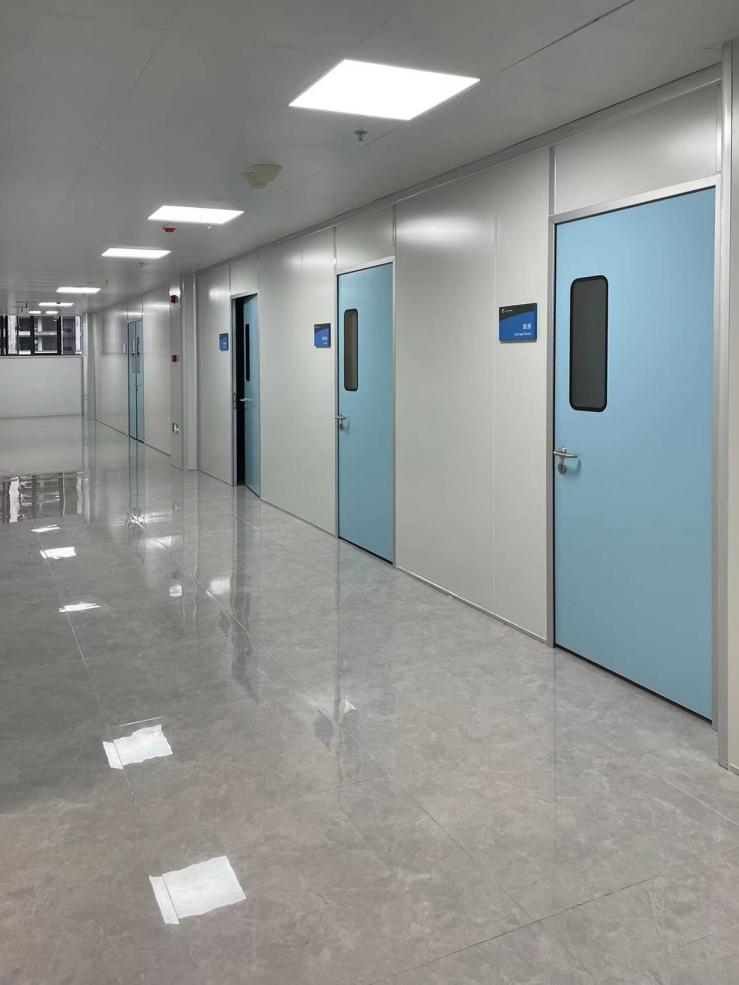
These doors are meticulously designed with an array of features that set them apart from conventional doors. Typically, they are equipped with hermetic seals, interlocking mechanisms, and materials specifically chosen for their resistance to contamination. By preventing the spread of dangerous microorganisms from one section of a healthcare facility to another, these doors play an indispensable role in infection prevention. Their construction adheres to rigorous standards tailored to the stringent requirements of contemporary healthcare institutions.
Applications of Hospital Isolation Door
Safeguarding Patients and Healthcare Personnel
Among the most significant applications of hospital isolation door is their role in shielding both patients and healthcare professionals from potential infectious threats. In environments where individuals are particularly vulnerable to infections—such as in ICUs and surgical suites—the maintenance of a sterile setting is of critical importance. Hospital isolation doors act as a barrier to contaminants, thereby significantly diminishing the likelihood of healthcare-associated infections (HAIs).
These doors are also crucial within isolation rooms, designated for the treatment of patients with highly contagious illnesses. By establishing a secure barrier, hospital isolation doors confine infectious agents within the room, thereby inhibiting their dissemination to other areas of the facility. This containment strategy is essential for managing infectious outbreaks and ensuring the overall safety of both patients and healthcare staff.
Achieving Adherence to Healthcare Regulations
The design of hospital isolation doors is meticulously aligned with the stringent standards enforced by healthcare regulators and governing bodies. These regulations are designed to ensure that healthcare institutions uphold the highest standards of patient care and safety. Hospital isolation doors contribute significantly to compliance efforts by incorporating features such as hermetic seals, which are essential for maintaining the requisite air pressure differentials in isolation rooms and other critical environments.
Beyond air quality control, these doors are instrumental in regulating the movement of individuals within healthcare facilities. Many hospital isolation doors are integrated with interlocking systems and electromagnetic locks, which restrict access to sensitive areas and ensure that only authorized personnel are permitted entry. Such control is vital for preserving the integrity of infection control protocols within the hospital.
Supporting Cleanroom Operations
In addition to their use in patient care zones, hospital isolation door is pivotal in sustaining cleanroom environments—highly controlled spaces where the presence of airborne particles is rigorously minimized. Such environments are indispensable in various hospital settings, including laboratories, pharmacies, and specialized treatment areas.
The tailored design of hospital isolation doors makes them exceptionally suited for cleanroom applications. Constructed from materials that facilitate ease of cleaning and disinfection—such as stainless steel and aluminum—these doors often feature smooth surfaces and a minimal number of crevices, thereby reducing the risk of contamination. By incorporating these doors, healthcare facilities can maintain the purity of their cleanrooms, thus safeguarding patient health and ensuring the precision of tests and procedures conducted within these critical spaces.
Why Opt for Hospital Isolation Door?
Elevated Infection Control Measures
Selecting hospital isolation door represents a deliberate choice for healthcare institutions that seek to bolster their infection control strategies. The integration of hermetic seals, coupled with the use of specialized materials in these doors, establishes a formidable defense against airborne pathogens. This attribute is particularly critical in zones where patients with weakened immune systems are treated, as it significantly reduces the likelihood of exposure to dangerous microorganisms.
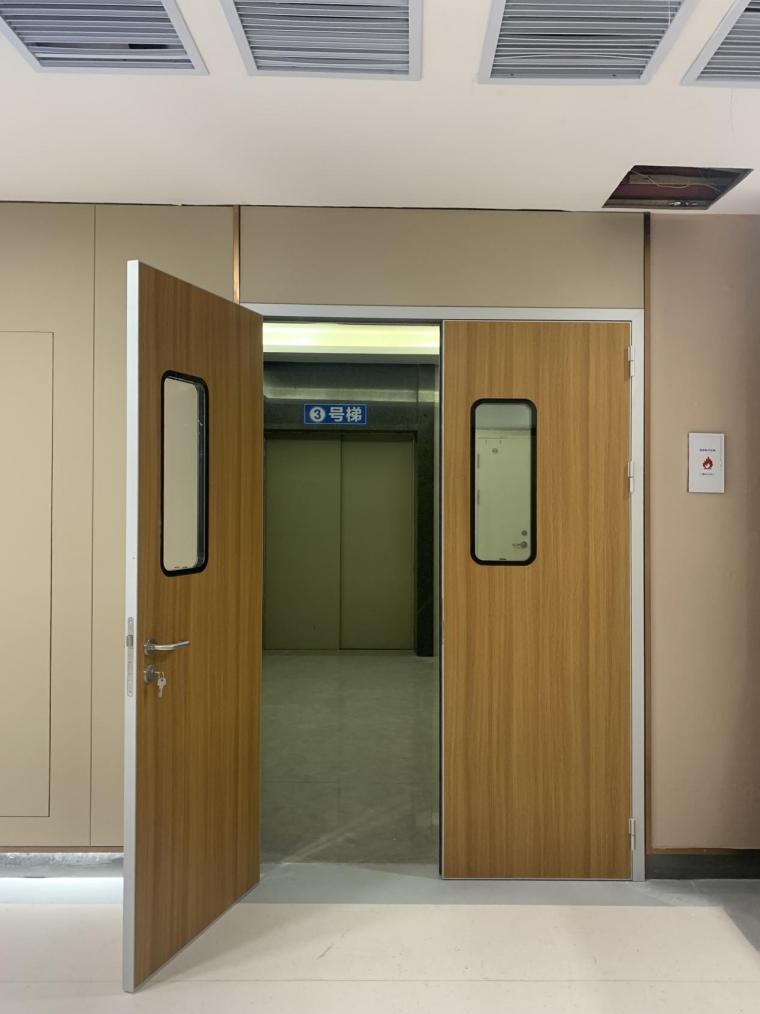
Furthermore, the capacity to sustain varying air pressure levels across adjoining rooms is vital for inhibiting the transmission of infections. Hospital isolation door is instrumental in generating and preserving these pressure differentials, thereby ensuring that contaminated air remains confined and does not infiltrate sterile areas. This ability underscores the essential role these doors play in infection control, solidifying their status as a vital element within the modern healthcare infrastructure.
Adherence to Stringent Health and Safety Standards
Healthcare facilities operate under stringent health and safety mandates that prescribe the criteria for architectural design, equipment standards, and operational protocols. Hospital isolation door is engineered to conform to, or even surpass, these rigorous standards, offering healthcare establishments a dependable means of achieving regulatory compliance. The incorporation of features such as interlocking mechanisms and electromagnetic locks ensures that these doors fulfill essential security and functional requirements.
Moreover, the selection of materials used in constructing hospital isolation doors is guided by considerations of durability and resistance to contamination. This careful material choice guarantees that the doors maintain their efficacy over extended periods, even within the challenging conditions of a hospital environment. By opting for hospital isolation door, healthcare facilities can rest assured that they are upholding the highest levels of safety and quality.
Flexibility and Customization Options
Hospital isolation doors provide an exceptional degree of flexibility, offering various configurations to meet diverse application needs. Whether a facility necessitates manual or automated sliding doors, swinging doors, or doors specifically designed for cleanroom environments, there exists a tailored hospital isolation door solution. This adaptability empowers healthcare facilities to customize their doors to address the specific demands of their operational settings.
For example, facilities have the option to select from an array of materials, including steel, High-Pressure Laminate (HPL), galvanized steel, and glass. Each material presents distinct advantages, such as enhanced durability, ease of maintenance, or aesthetic appeal. Furthermore, these doors can be tailored with additional features like windows, interlocks, and diverse locking systems to further augment their functionality and security.
Meeting Strict Standards with Hospital Isolation Doors
Rigorous Testing and Certification
Hospital isolation doors are subject to rigorous testing and certification processes to ensure they meet the strict standards required for healthcare environments. These tests assess various aspects of the door’s performance, including its ability to maintain an airtight seal, resist contamination, and withstand frequent use. Certification by recognized bodies provides assurance that the doors are suitable for use in critical areas of a hospital.
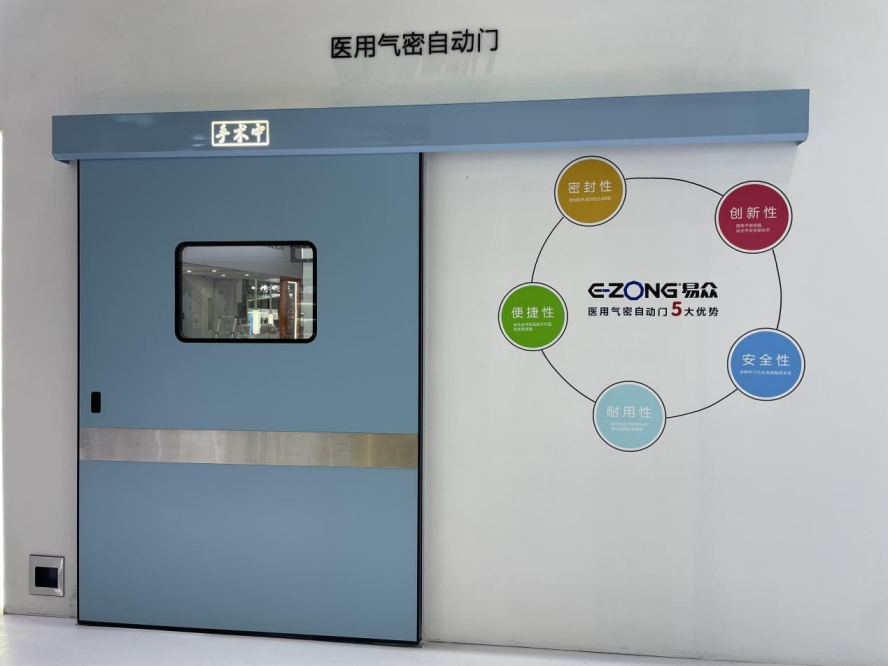
The testing process also includes assessments of the door’s materials and construction. For example, doors made from stainless steel or aluminum must demonstrate resistance to corrosion and wear, ensuring they remain effective over time. Similarly, the seals and gaskets used in hospital isolation doors must be tested for durability and effectiveness in maintaining a sterile environment.
Compliance with International Standards
Hospital isolation doors are designed to comply with international standards for cleanroom environments and infection control. These standards, such as ISO 14644 for cleanrooms and WHO guidelines for infection control, set out the requirements for air quality, contamination control, and access management. By choosing doors that meet these standards, healthcare facilities can be confident that they are providing the highest level of protection for their patients and staff.
In addition to ISO standards, hospital isolation doors must also comply with local building codes and healthcare regulations. This includes standards for fire safety, accessibility, and environmental impact. By ensuring that their doors meet all relevant standards, healthcare facilities can avoid costly fines and ensure that their operations run smoothly.
Integration with Modern Healthcare Systems
Hospital isolation doors are designed to integrate seamlessly with modern healthcare systems, including HVAC (Heating, Ventilation, and Air Conditioning) systems, security systems, and building management systems. This integration allows for greater control over the environment within the hospital, ensuring that the doors function effectively as part of a larger system designed to protect patient health.
For example, hospital isolation doors can be connected to the HVAC system to ensure that the correct air pressure differentials are maintained in isolation rooms and other critical areas. Similarly, integration with security systems allows for real-time monitoring of access to sensitive areas, ensuring that only authorized personnel can enter. This level of integration enhances the overall effectiveness of the hospital’s infection control and safety measures.
Conclusion
Hospital isolation doors are an essential component of any modern healthcare facility, providing critical protection against the spread of infections and ensuring compliance with health and safety regulations. Whether used in cleanrooms, isolation rooms, or operating theaters, these doors play a vital role in maintaining a sterile and controlled environment.
By choosing hospital isolation doors from a trusted supplier like E-ZONG, healthcare facilities can be confident that they are investing in high-quality products that meet the strictest standards. With options available for a wide range of applications and environments, hospital isolation doors offer the versatility and reliability needed to support the complex needs of today’s healthcare industry.
-
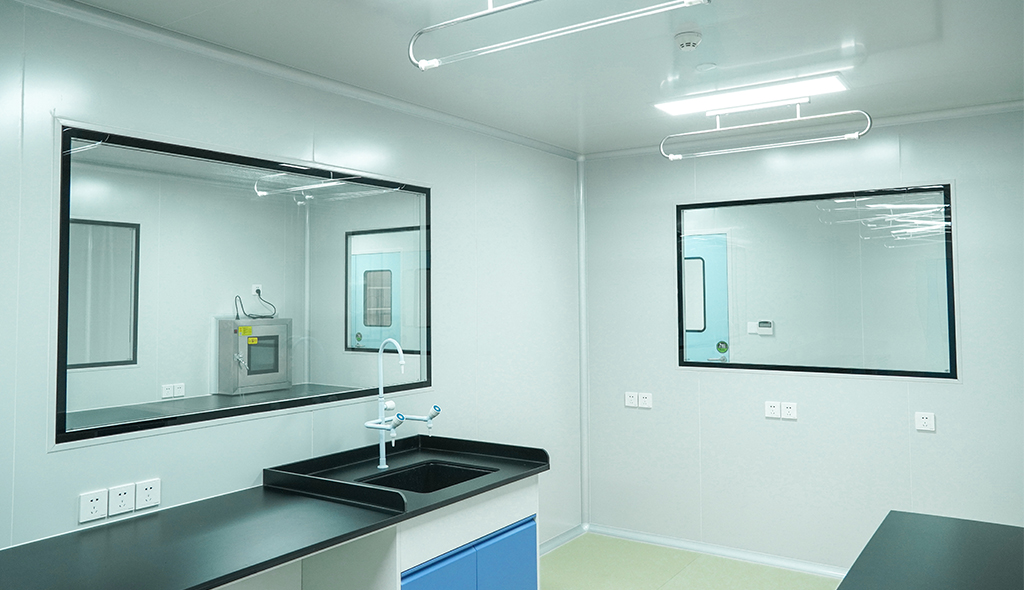 Cleanroom Glass Windows Are The Key to Maintaining a Clean Environment
Cleanroom Glass Windows Are The Key to Maintaining a Clean Environment -
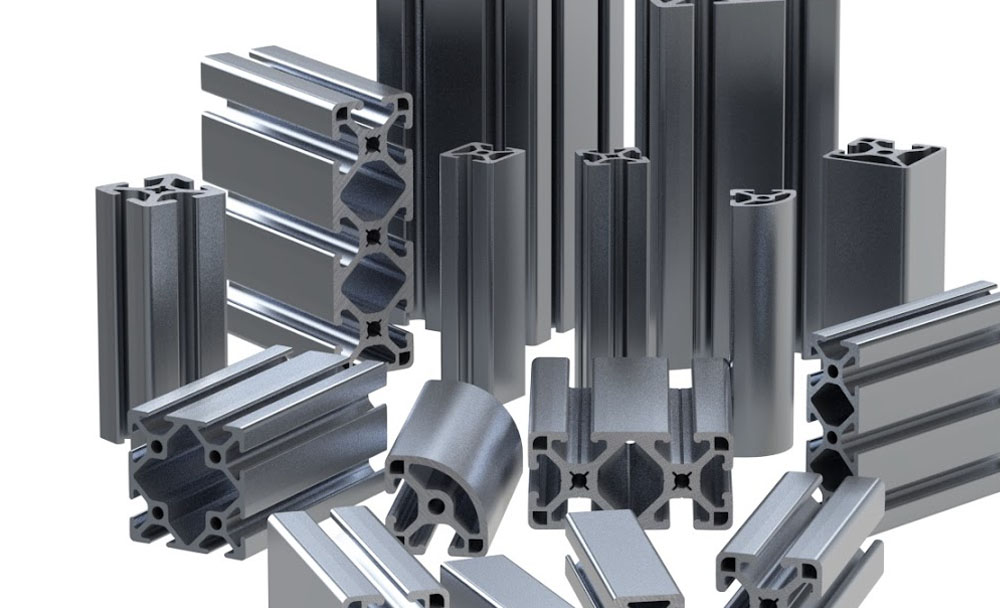 Top Aluminium Profile Manufacturers in China: Leading the Global Market
Top Aluminium Profile Manufacturers in China: Leading the Global Market -
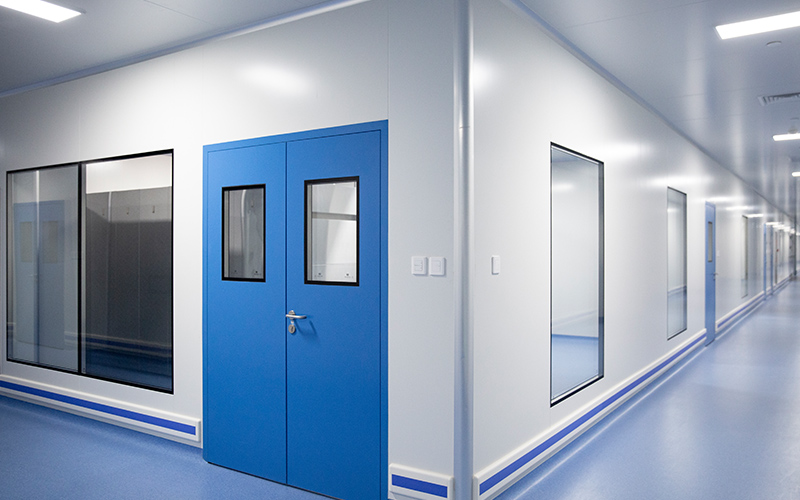 The Evolution of Air Tight Sliding Doors
The Evolution of Air Tight Sliding Doors -
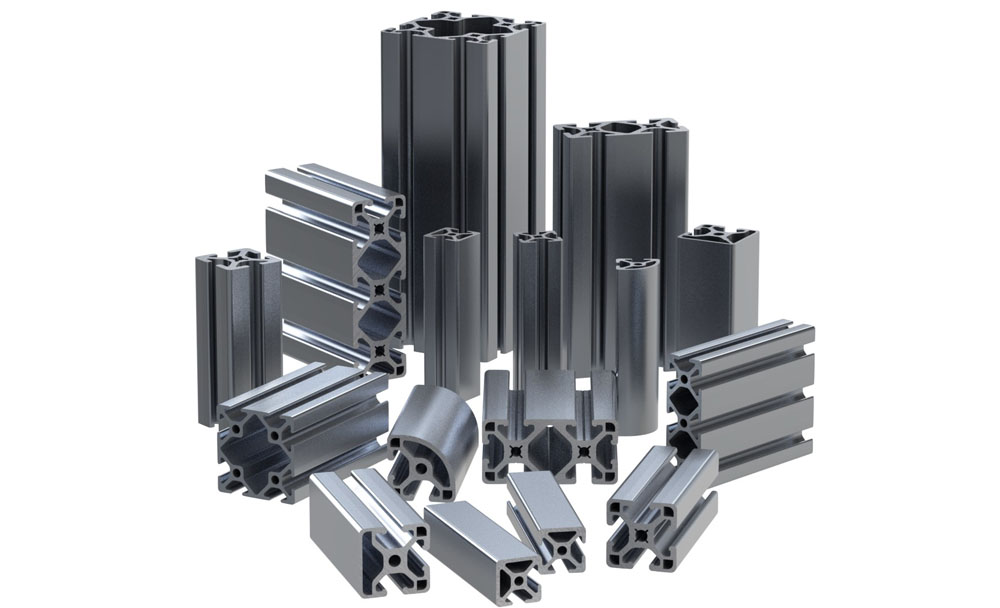 AHU Aluminium Profile: A Comprehensive Guide
AHU Aluminium Profile: A Comprehensive Guide -
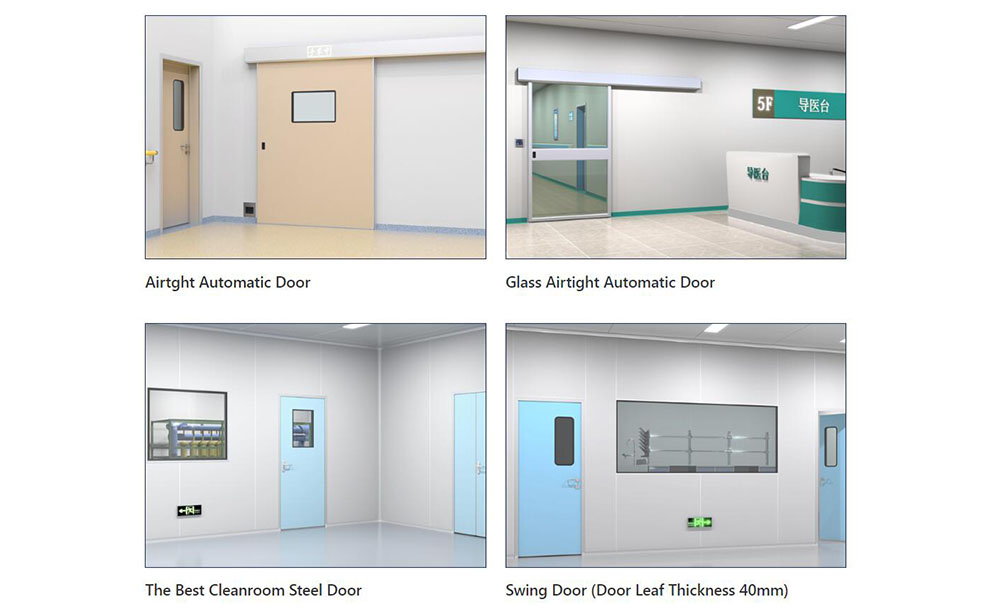 The Importance of Choosing the Right Cleanroom Door in Vietnam
The Importance of Choosing the Right Cleanroom Door in Vietnam -
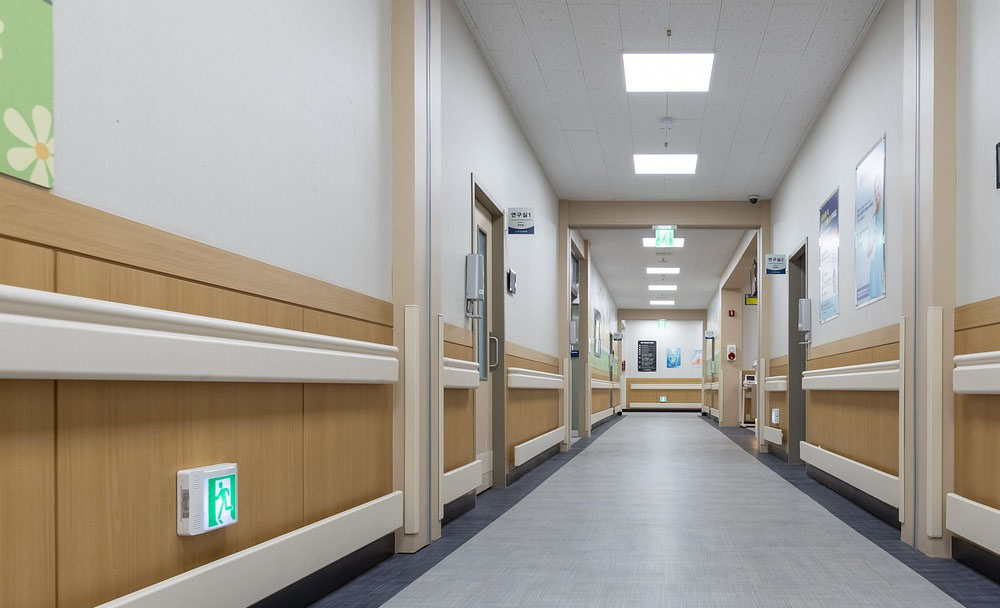 The Benefits of Hospital Automatic Doors: Enhancing Efficiency and Safety
The Benefits of Hospital Automatic Doors: Enhancing Efficiency and Safety -
.jpg) The Best Bathroom Door Manufacturers - Unlocking Endless Possibilities!
The Best Bathroom Door Manufacturers - Unlocking Endless Possibilities! -
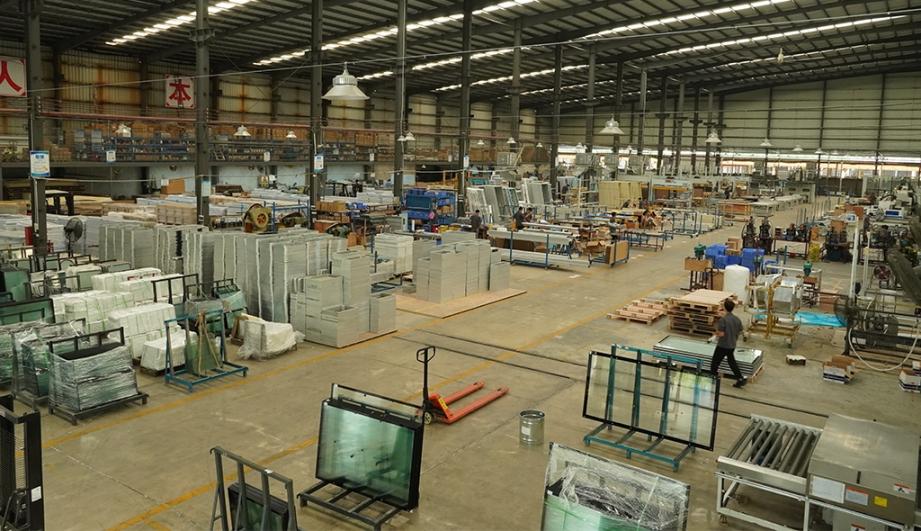 Unlock the Possibilities with AJ Manufacturing Doors
Unlock the Possibilities with AJ Manufacturing Doors -
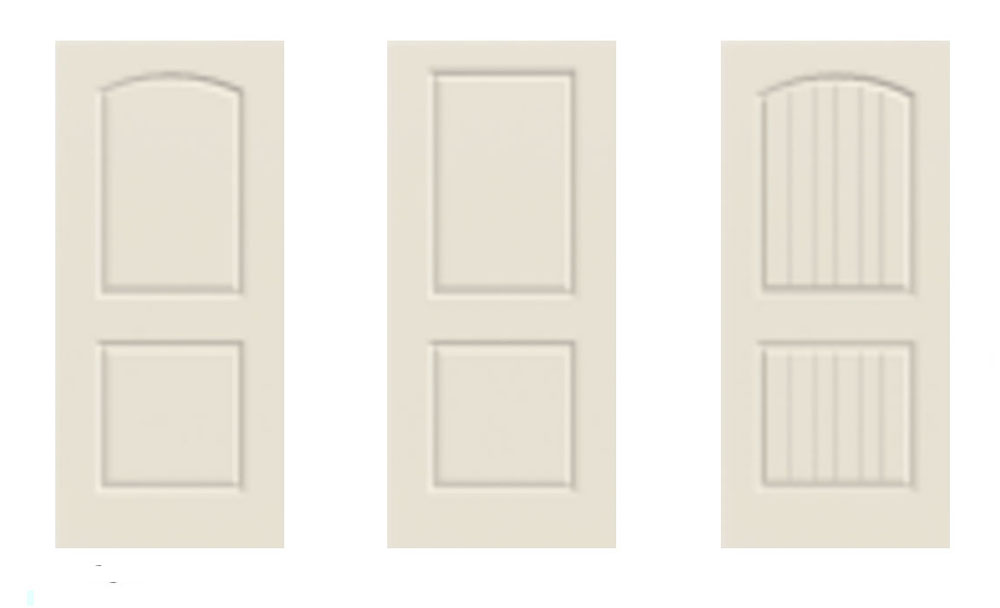 Make a Statement with Manufactured Home Interior Doors!
Make a Statement with Manufactured Home Interior Doors! -
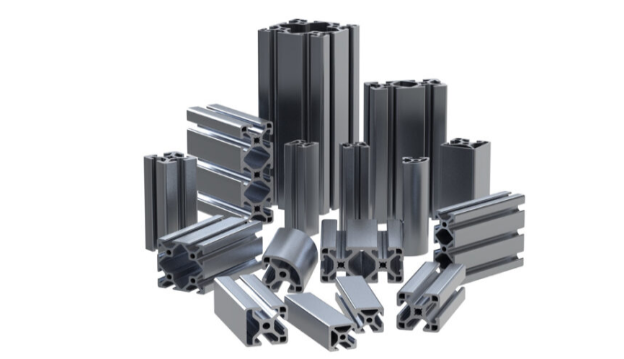 what is aluminum profile? Aluminum Profiles for Your Home is the best option
what is aluminum profile? Aluminum Profiles for Your Home is the best option
-
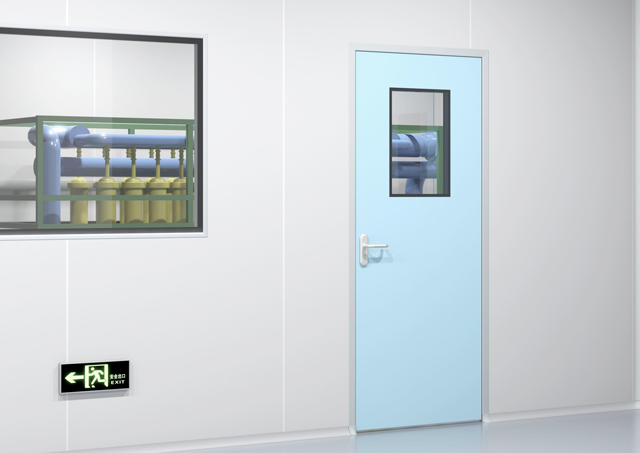 Next-Gen Medical Cleanroom Access: Introducing the Cleanroom Steel Door Solution
Next-Gen Medical Cleanroom Access: Introducing the Cleanroom Steel Door Solution -
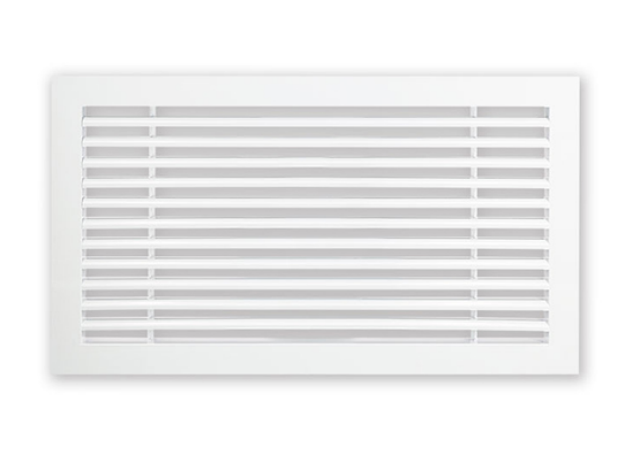 Linear Bar Grille Air Conditioning Diffuser with 0° Angle Blades for Perfect Airflow
Linear Bar Grille Air Conditioning Diffuser with 0° Angle Blades for Perfect Airflow -
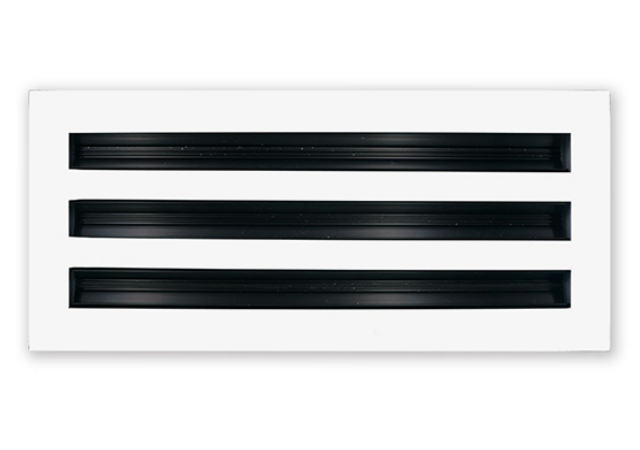 The Sleek and Efficient Linear Slot Diffuser for Air Vent
The Sleek and Efficient Linear Slot Diffuser for Air Vent -
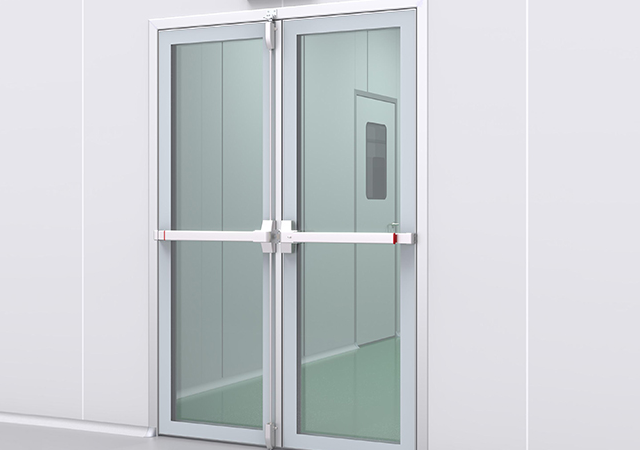 Double-Swing Glass Doors - Modern Laboratory Cleanroom Doors
Double-Swing Glass Doors - Modern Laboratory Cleanroom Doors -
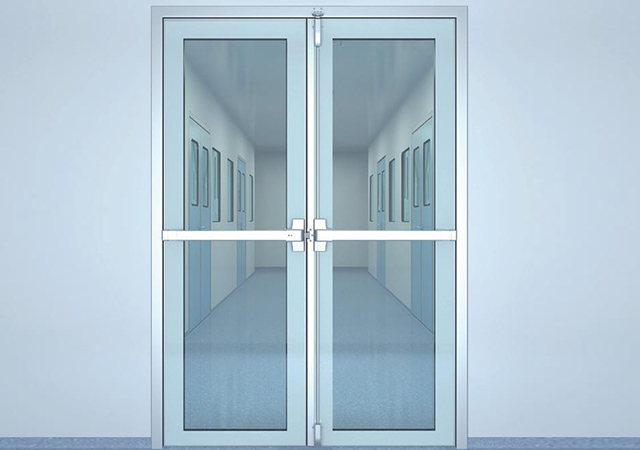 Superior Aluminium Glass Swing Door - Pharmaceutical Cleanroom Door
Superior Aluminium Glass Swing Door - Pharmaceutical Cleanroom Door -
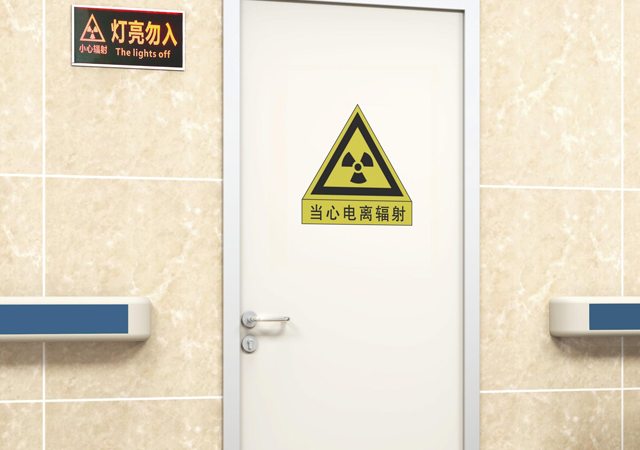 E-ZONG Leads the Way in China's Medical Lead Protection Doors: Innovation for Safety and Efficiency
E-ZONG Leads the Way in China's Medical Lead Protection Doors: Innovation for Safety and Efficiency -
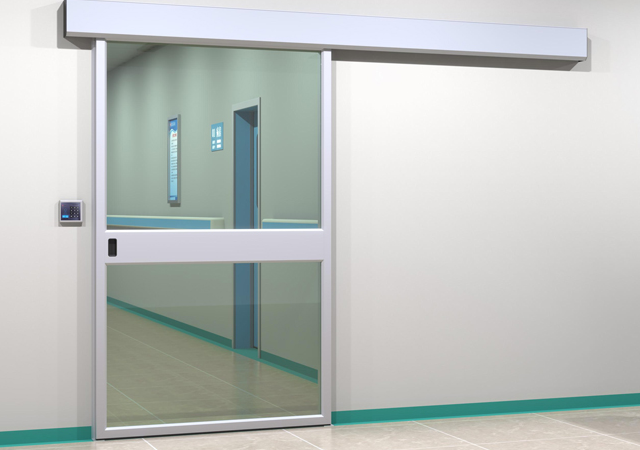 E-ZONG: Leading the Suppliers of Glass Airtight Automatic Doors for Safer, Cleaner Spaces
E-ZONG: Leading the Suppliers of Glass Airtight Automatic Doors for Safer, Cleaner Spaces -
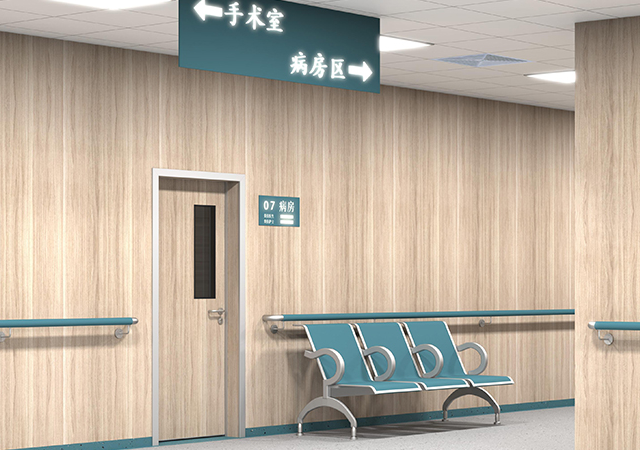 How Wall Air-Tight Swing Doors Ensure Clean Environments With Secure & Silent
How Wall Air-Tight Swing Doors Ensure Clean Environments With Secure & Silent -
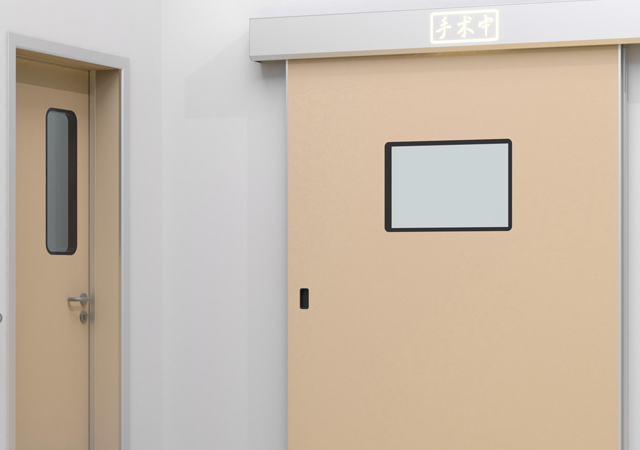 Seamless Automatic Cleanroom Sliding Doors: Smooth, Safe, and Hygienic Solutions
Seamless Automatic Cleanroom Sliding Doors: Smooth, Safe, and Hygienic Solutions -
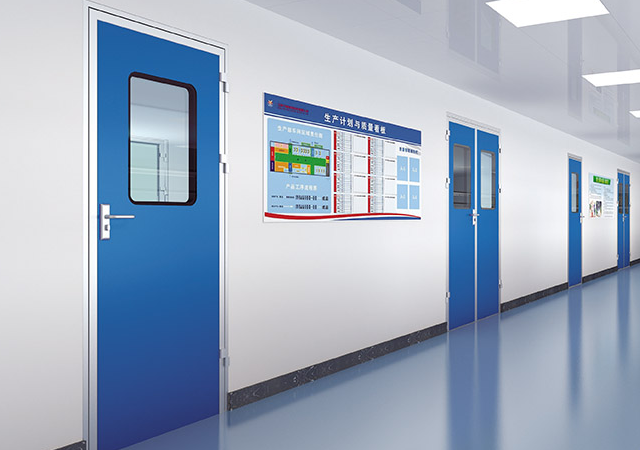 Elegant & Durable: Premium Swing Door Protection for Hospitals
Elegant & Durable: Premium Swing Door Protection for Hospitals

Guangzhou Yizhong Aluminum Industry Co., Ltd.
We are always providing our customers with reliable products and considerate services.
We are always providing our customers with reliable products and considerate services.
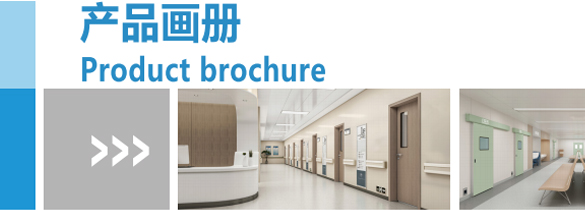









Speak Your Mind